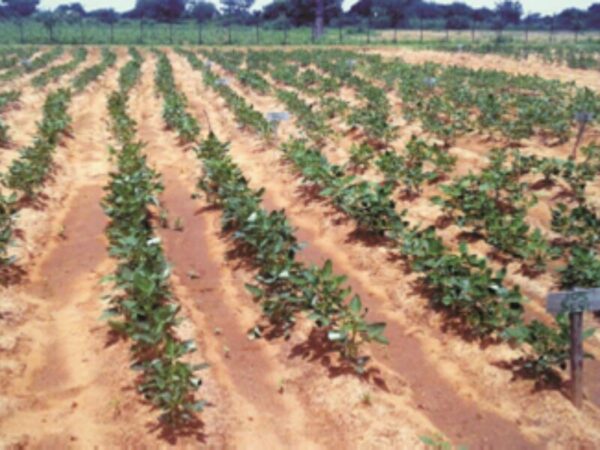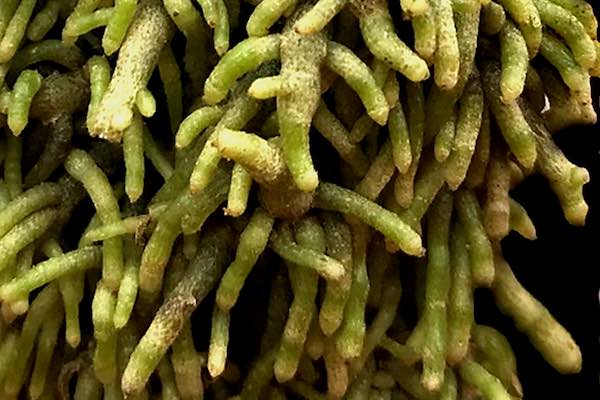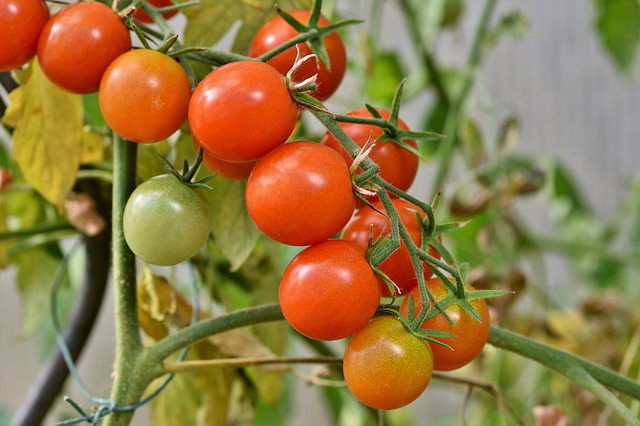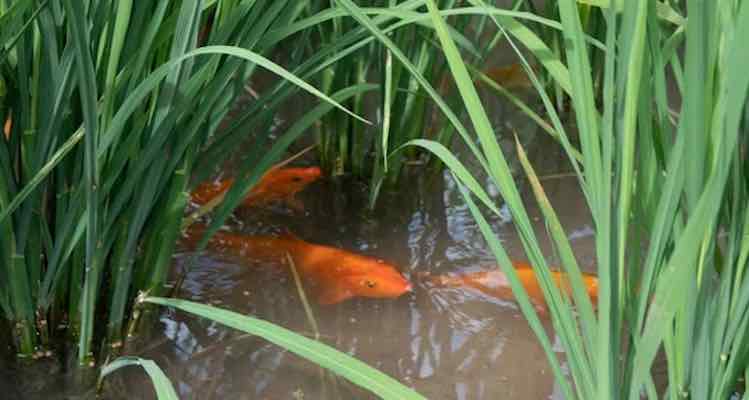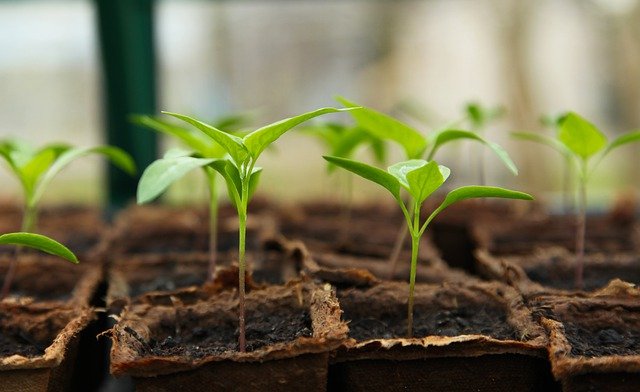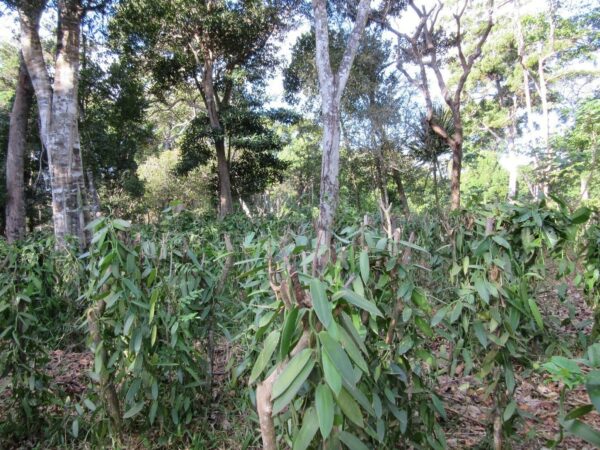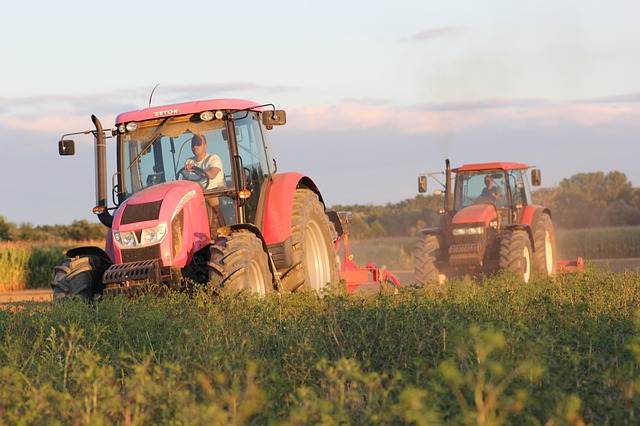
Many countries have set carbon neutrality as a policy goal, but according to a new study by an international team of researchers from Austria, Japan, and the US, there are various risks associated with the reduction of greenhouse gases, especially…
Read More



